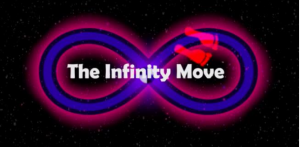It was my understanding from Tom's videos that moving pressure fore-aft through the turn allows the light part of the ski to be displaced. Such displacement does not always result from active pivoting.
That's my understanding. The displacement of the tail from the path of the tip is the result of physics, not any rotary input from the skier. Of course, rotary input can increase the effect.
Tom Gellie has not explained this non-pivoted displacement in the videos I've so far watched, and I've found that disappointing. Where is his talk about platform angle? He needs to address that, and I hope he does but that I have simply not watched the appropriate video yet.
Have you watched this video? https://video.bigpictureskiing.com/programs/collection-aczdtb8bkk8?cid=873369
or this one? https://video.bigpictureskiing.com/programs/img_0686mp4-ede785
Such displacement, either from a platform angle greater than 90º or from active pivoting, does not happen in an arc-to-arc carved turn. My carving is at the stage where I feel no need to move fore-aft at all. I stay centered and the skis do their thing.
I think Tom would likely say that your carving is the result of your fore/aft position...
@Noodler, it's good to know there's more advanced carving ahead of me, where moving fore-aft enhances something about the turn without losing the carve. How does this movement enhance the ski performance, or the turn shape, specifically? Do you know what to look for? Tom doesn't explain this in the videos I've watched - as yet.
